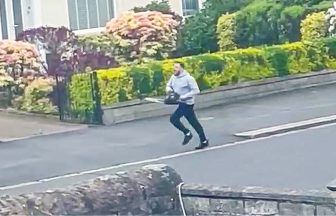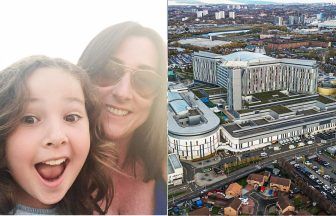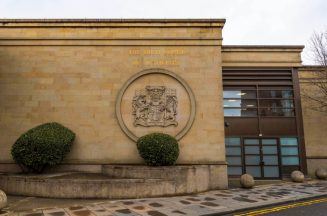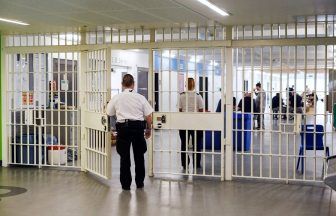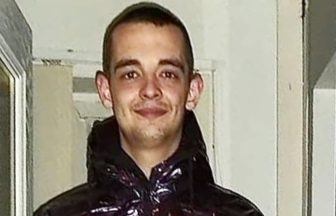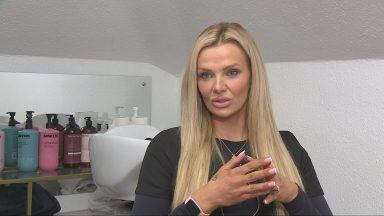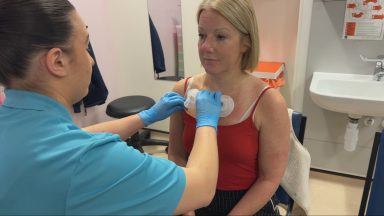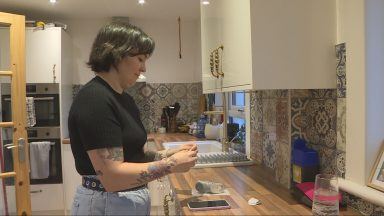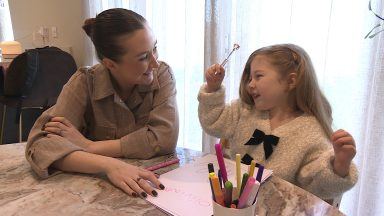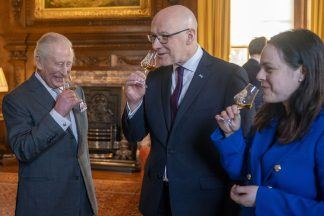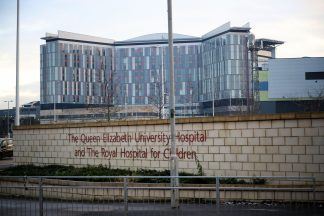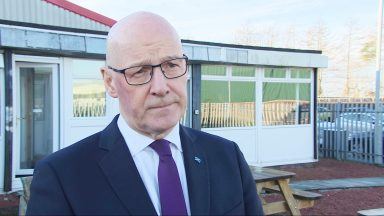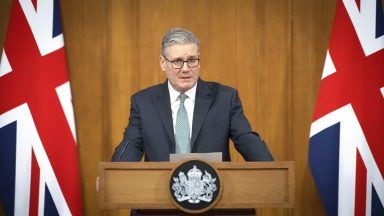Rishi Sunak will be the UK’s new prime minister following the resignation of Liz Truss.
Having being pipped by Truss in the Conservative leadership contest over the summer, Sunak now steps into Number 10 after his predecessor’s disastrous six-week reign.
He enters office amid economic turmoil, a cost-of-living crisis, and the war in Ukraine following the invasion of Vladimir Putin’s Russia.
It represents a daunting in-tray for the new prime minister.
But who is Rishi Sunak and how did he reach Downing Street? Here, STV News looks at the life and career of the new prime minister.
Early days
The eldest of three children, Sunak was born in Southampton in 1980 to Hindu parents of Punjabi descent.
His father, Yashvir Sunak, was an NHS family GP and his mother, Usha, ran a local pharmacy.
In his youth, Sunak attended Winchester College – one of the oldest schools in the UK, having been founded in the 14th century.
He would go on to study at Oxford, where he graduated with a first in philosophy, politics and economics, before winning a Fulbright scholarship to Stanford University.
In California, Sunak attended Stanford’s business school, graduating from its two-year MBA programme in 2006.
It was there that he met Akshata Murty, whose father was the billionaire founder of Infosys, a multinational information technology company.
Career
From 2001 until 2004, Sunak worked as an analyst for Goldman Sachs, before joining The Children’s Investment Fund (TCI) in 2006, a multi-billion pound hedge fund with headquarters in London.
Three years later, he moved to Thélème Partners with a former colleagues from TCI, Patrick Degorce.
The firm invested in companies including News Corp and the US hospital group Community Health Systems.
During his time working in finance, Sunak became increasingly wealthy, and is now said to be one of the richest members of parliament.
His wife, Akshata, previously worked in finance and marketing before turning to fashion design and runs her own label, Akshata Design.
Entering politics
In 2014, Sunak was selected as the Conservative Party candidate in the constituency of Richmond in Yorkshire.
The seat had been held since 1989 by William Hague, who decided to stand down ahead of the general election in 2015.
Sunak won the seat to take up political office for the first time, winning with a 51.4% share of the vote.
Westminster
A year after being elected, Sunak spoke out in favour of the UK leaving the European Union ahead of the referendum in June, 2016.
He told his constituents that he believed the country would be “freer, fairer and more prosperous” if the public voted to leave.
In the snap general election of 2017, Sunak was re-elected in Richmond with an increased majority of 23,108.
It was in 2018 that he would take up his first position in government, being appointed as minister for local government under Prime Minister Theresa May.
After Boris Johnson entered No 10, Sunak was named as chief secretary to the Treasury, serving under Chancellor Sajid Javid.
In the 2019 general election, Sunak represented the Conservatives in the ITV and BBC leaders debates.
The appearance raised the profile of Sunak among the wider public, as he debated representatives from opposition parties including Labour’s Richard Burgon, Liberal Democrat leader Jo Swinson and Scotland’s First Minister Nicola Sturgeon.
He was elected in Richmond for the third time in the election, increasing his majority in the seat again.
Chancellor and the Covid-19 pandemic
In February 2020, Sajid Javid dramatically quit as chancellor after refusing Boris Johnson’s request to sack all of his advisers.
His resignation came just weeks before he was due to deliver his first budget.
Sunak was promoted to the top job in the Treasury as Javid’s successor, putting plans in place to deliver the budget on March 11, 2020.
In his first budget, Sunak set out a £12bn action plan in response to the Covid-19 pandemic.
However, just over a week later, the number of Covid cases rose rapidly and the world faced the impact of a global pandemic and the UK entering lockdown.
Sunak announced the furlough scheme – with government grants covering up to 80% of the salary of retained workers – as well as increasing the Universal Credit standard allowance, and introducing the Coronavirus Business Interruption Loan scheme, among other emergency measures.
During his summer statement that year, Sunak set out the ‘Eat Out to Help Out’ scheme, with some lockdown measures being eased.
It enabled people to get up to 50% off on bills when visiting participating restaurants, pubs and cafes, in a bid to help provide a boost to businesses and support the UK economy.
As the number of Covid-19 cases rose again going into the winter period, with the country returning to lockdown, Sunak extended the furlough and loan schemes until April 2021.
The scheme was extended further again that year before eventually coming to an end in September 2021.
Partygate and resignation from government
At the end of 2021, it emerged that lockdown rules were broken by Boris Johnson, along with others in Number 10 and across Whitehall during the pandemic.
Investigations were conducted by the Metropolitan Police and senior civil servant Sue Gray into the illegal gatherings.
In April 2022, it was confirmed that Johnson and Sunak would be fined for breaching the Covid-19 regulations.
Sunak made an “unreserved apology” after receiving the fine, as he said that he “deeply” regretted the frustration and anger caused.
As pressure grew on Johnson, with calls for him to quit, Sunak was one of the first cabinet ministers to resign in protest over his leadership.
In his resignation letter to the Prime Minister, Sunak told Johnson that the public “rightly expect government to be conducted properly, competently and seriously”.
Sunak’s resignation, coming just minutes after Sajid Javid quit as health secretary, was ultimately the beginning of the end for Johnson.
Their departures from cabinet were followed by more than 50 ministers, which made Johnson’s position untenable.
Conservative leadership race
Sunak was tipped as an early favourite in the leadership race to succeed Johnson and came out on top in each of the five parliamentary rounds of the contest.
He made it to the final two, facing Liz Truss to become the next leader of the party.
They clashed over their economic plans, with Truss disagreeing with Sunak’s intention to raise tax.
On September 5, Truss was declared as the victor of the contest, winning 81,326 votes against Sunak’s 60,399.
Following his defeat, Sunak said: “Thank you to everyone who voted for me in this campaign. I’ve said throughout that the Conservatives are one family.
“It’s right that we unite behind the new PM, Liz Truss, as she steers the country through difficult times.”
Just days into Truss’ premiership, Queen Elizabeth II passed away at the age of 96 in residence at Balmoral Castle, with the country entering into a period of national mourning.
Having appointed Kwasi Kwarteng as her chancellor, Truss oversaw the so-called mini-budget which saw the markets react with panic, with the pound dropping in value.
In a turbulent number of weeks, Truss would go on to sack Kwarteng and reverse most of her economic policies, before Suella Braverman quit as home secretary.
Amid growing discontent among Conservatives and the party plummeting in the polls behind Labour, Truss announced her resignation, telling the country that she could not deliver on her mandate.
Sunak was quickly installed as the favourite to succeed Truss in No 10 and formally announced he was standing in the contest on October 23.
His selection as the next Conservative leader and prime minister was virtually confirmed after Boris Johnson stated that he would not be seeking the leadership.
Follow STV News on WhatsApp
Scan the QR code on your mobile device for all the latest news from around the country


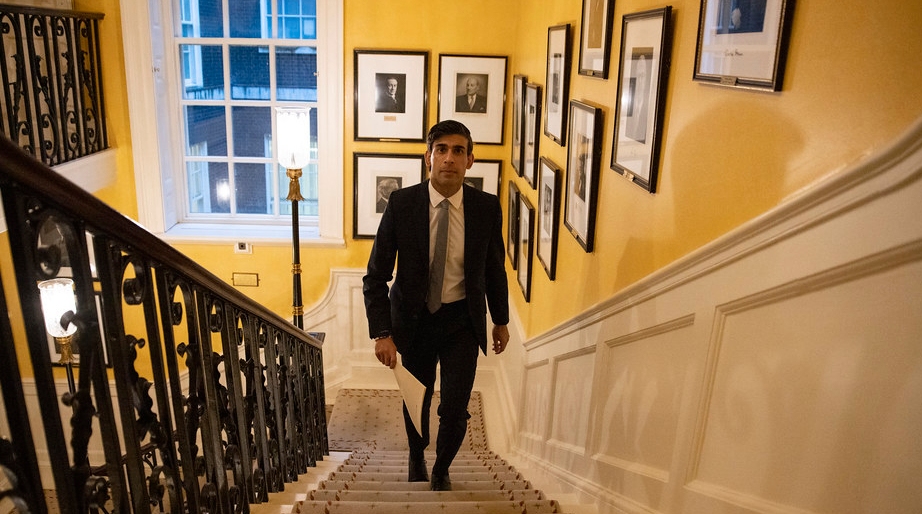 Flickr
Flickr

